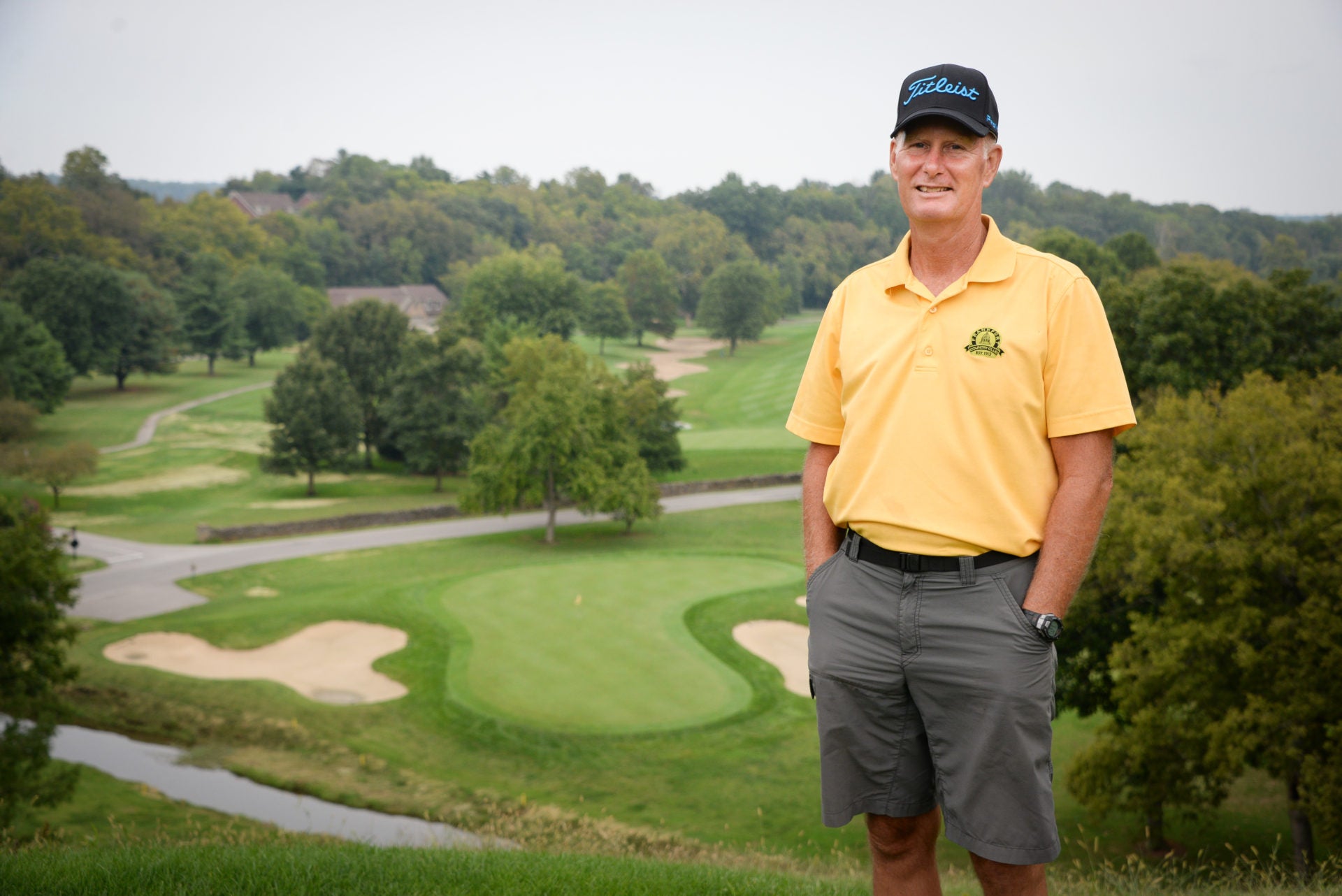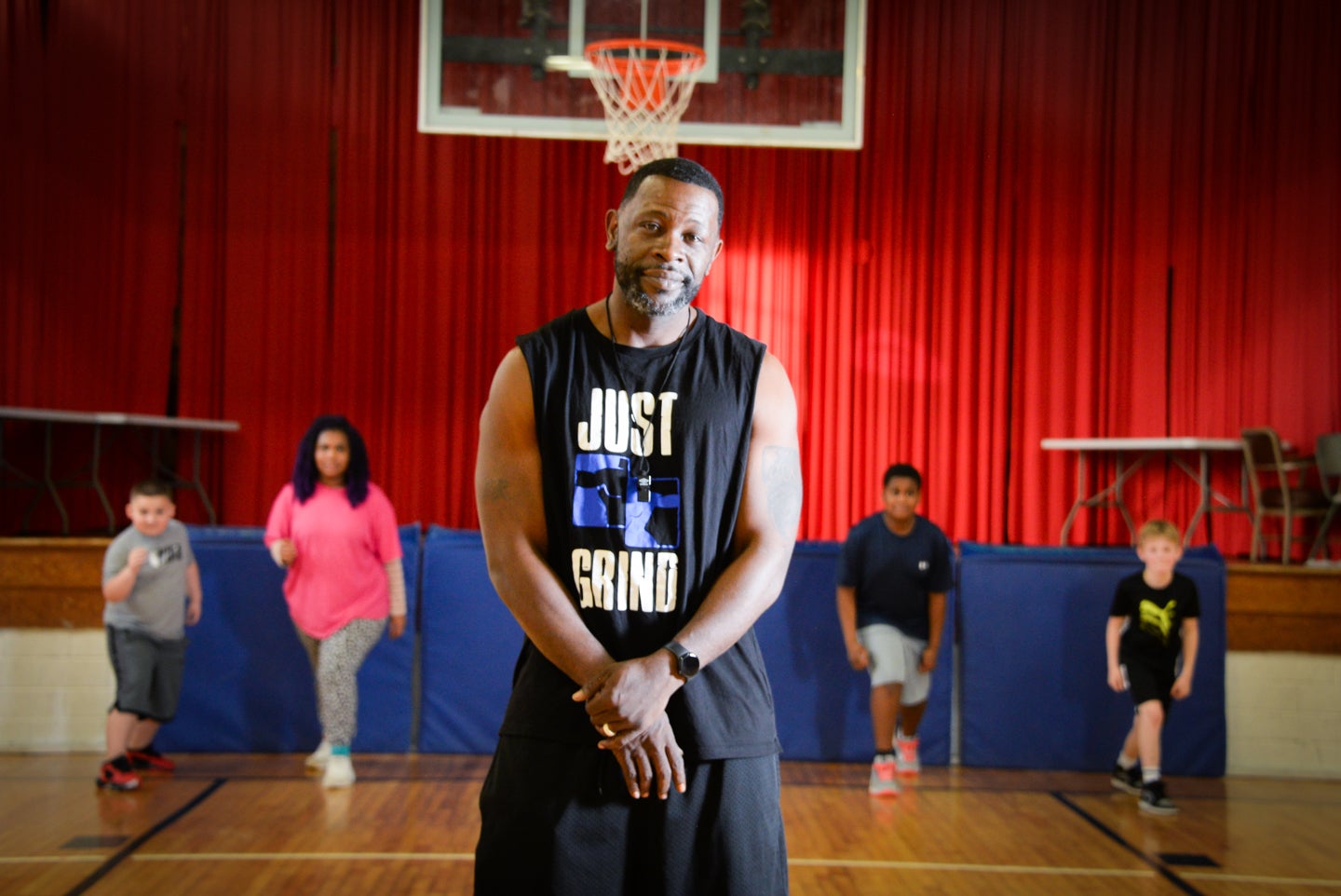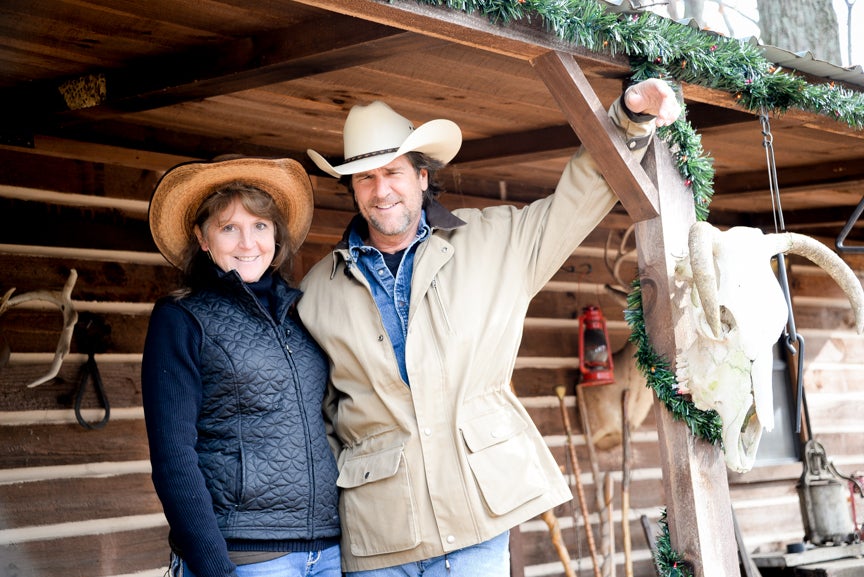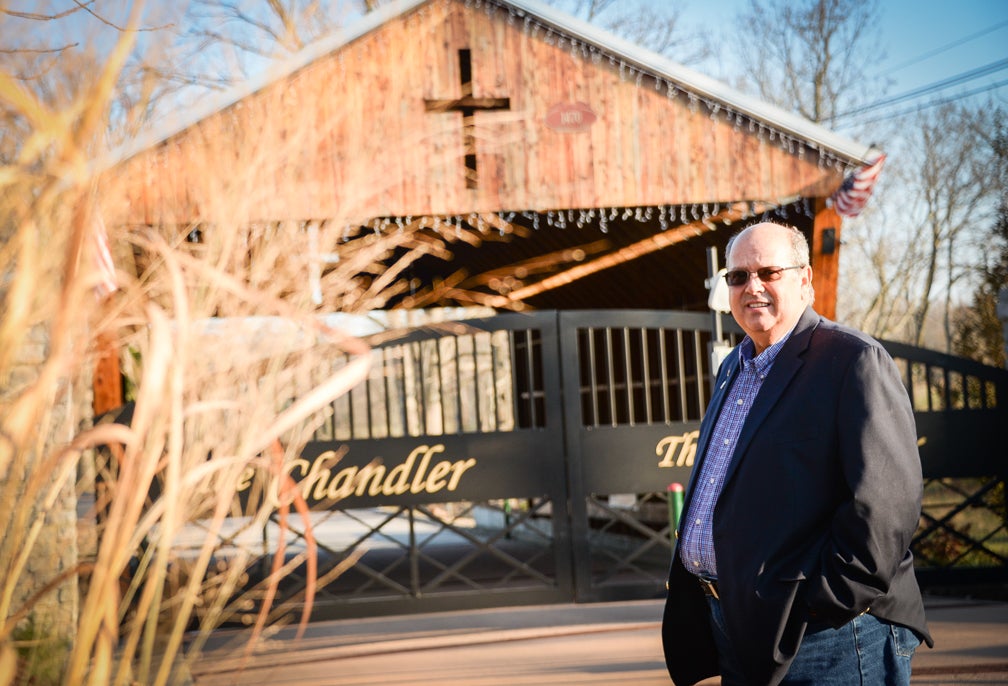Tim Willard’s destiny to become the Frankfort Country Club golf superintendent may have started with his boyhood desire to get to Juniper Hill Park from his home as quickly as possible.
“I used to cut across the golf course from my house to get to the pool to go swimming,” he remembers. “That turned into playing tennis, then playing golf, then working at Juniper Hill Golf Course.”
Tim credits the Juniper Hill golf pro at the time, Ernie Sampson, with giving him the idea of doing what he liked as a career — taking care of a golf course. “He said, ‘You know you can go to school for this.’ Once I heard that, I was all in!” Tim says with a smile.
Eventually, Tim earned a degree in ornamental horticulture specializing in turf grass management from Eastern Kentucky University. “I graduated in May 1980 and started at the Frankfort Country Club (FCC) in July,” he says.
He has worked at FCC his entire career — 37 years. “I’ve always liked golf, and the people make it a great place to work. I’ve watched generations come through here learning the game, going on to play in high school or college or just for fun as an adult. That’s what it’s all about,” he says.
Tim explains that he has always liked the agronomics (economics of soil and land management) involved with taking care of a golf course. That interest led him to explore the Certified Audubon Cooperative Sanctuary Program for Golf Courses.
Audubon certified
A few years ago, he embarked on the labor-intensive task of moving the Frankfort Country Club golf course toward designation as a Certified Audubon Cooperative Sanctuary. “It’s something I had always wanted to do: to create areas that would protect the environment and the wildlife on the golf course,” he explains.
According to the Audubon International resources, the program “is designed to recognize and support golf courses that have worked to ensure a high degree of environmental quality for both people and wildlife. The program, which began in 1991 through collaborative efforts with the United States Golf Association, helps golf courses protect the environment, preserve the natural heritage of the game of golf and gain recognition for their efforts.”
In order to become certified, golf course managers must implement projects in six environmental quality areas — environmental planning, wildlife and habitat management, chemical use reduction and safety, water conservation, water quality management, as well as outreach and education. Upon satisfying the criteria in the six categories, a golf course is then designated as a Certified Audubon Cooperative Sanctuary.
Frankfort Country Club became certified in 2013, and is one of only nine courses in Kentucky that hold this distinction. There are more than 2,300 golf courses in the United States and three dozen countries worldwide that are certified.
A balance between golf and nature
The golf course has several areas meant to attract wildlife and protect the environment. There are native wildflower beds along several holes, a wood duck house on one of the ponds, blue bird houses and even bat houses.
“We have to find that right balance between nature and what’s pleasing to the eye to the golfers,” Tim says. “People say this is a pretty golf course — one of the best all-around courses in the area. I want to keep it that way and try to add more that is more environmentally friendly. There’s always more that can be done.”
The members have been very supportive of the Audubon projects, according to Tim. “I really want to get together a group who will help advise and create. We have several members who have expertise in areas like butterflies, purple martins, wildlife photography,” he says. “I’d like to create more ‘no-mow’ areas, add butterfly bushes and native wildflowers, and maybe even pile more brush and limbs for small wildlife habitats in out-of-the-way places. It’s a work in progress.”
Through the years the FCC Golf Course, the creek and surrounding areas have been home to various animals. There have been mink scurrying along the creek bank, sightings of fox, deer, squirrels, beaver, rabbits, bullfrogs, turtles and fish. Birds such as blue heron, egrets, ducks, geese, hawks and others grace the area with a fly-by, waddle or landing.
More than cutting the grass
“I just want people to know that as golf superintendents, we care about the environment. We always try to be good stewards of the land,” Tim says.
While driving around the golf course, he points out projects he and his crew have accomplished and others he has on his list to tackle. “A big one was switching from rye to bluegrass,” he says. “I don’t have to put nearly the chemical applications on the fairways. That’s less money and better for the environment.”
Driving along the 18th fairway, Tim talks about the three tall, skinny bat houses nestled among the trees. “I got the design to build them from the U.S. Forestry Service. We put them in about three years ago but we haven’t seen any bats in them lately,” he explains. “”I think we will have to move them where they get a bit more sun.”
Below the 18th hole along the Slickway Branch of Elkhorn Creek, Tim points out an overgrown path that has been mostly reclaimed by nature. “I just thought this would be a neat place to put in a short nature walk — add a couple of rough benches, some wildflowers,” he says.
“We had a guy named Clay who worked in maintenance for 50 years. He told me that when his dad was a young guy he worked this farm and that this path was an old stagecoach road that ran along the creek. You can see the remnants where there may have been stone bridges crossing the creek.”
At the 15th tee box is a wildflower garden that was designed by Connie May of Shooting Star Nursery. “Our lady golfers helped to fund and plant that garden as part of the Audubon certification a few years ago,” he says.
A good work crew
Tim gives credit to the maintenance and grounds crew for keeping the course in excellent shape.
“We’ve got a crew who have been here a long time and know what they’re doing. Scott Hedger is the main mechanic and spray technician. He has worked here 36 years. Tony Gibson has been here more than 25 years and can do anything — he fixes irrigation problems, is great at tree maintenance. Tony McGaughey and Jeff Whang have both worked here for 10 years.”
Laughing, Tim says, “I think it’s a good place to work. It can be hard and it can be hot sometimes, but I think they’ve just found them a home. There’s always something different to do every day.”
Tim admits that maintaining the Audubon certification takes some extra work. “There’s a lot of paperwork, manhours by our workers and by volunteers, but I think the effort is worth it. It makes you stop and think about how to maintain a beautiful golf course while creating a natural environment. It’s like creating a game as well as a nature walk!”










